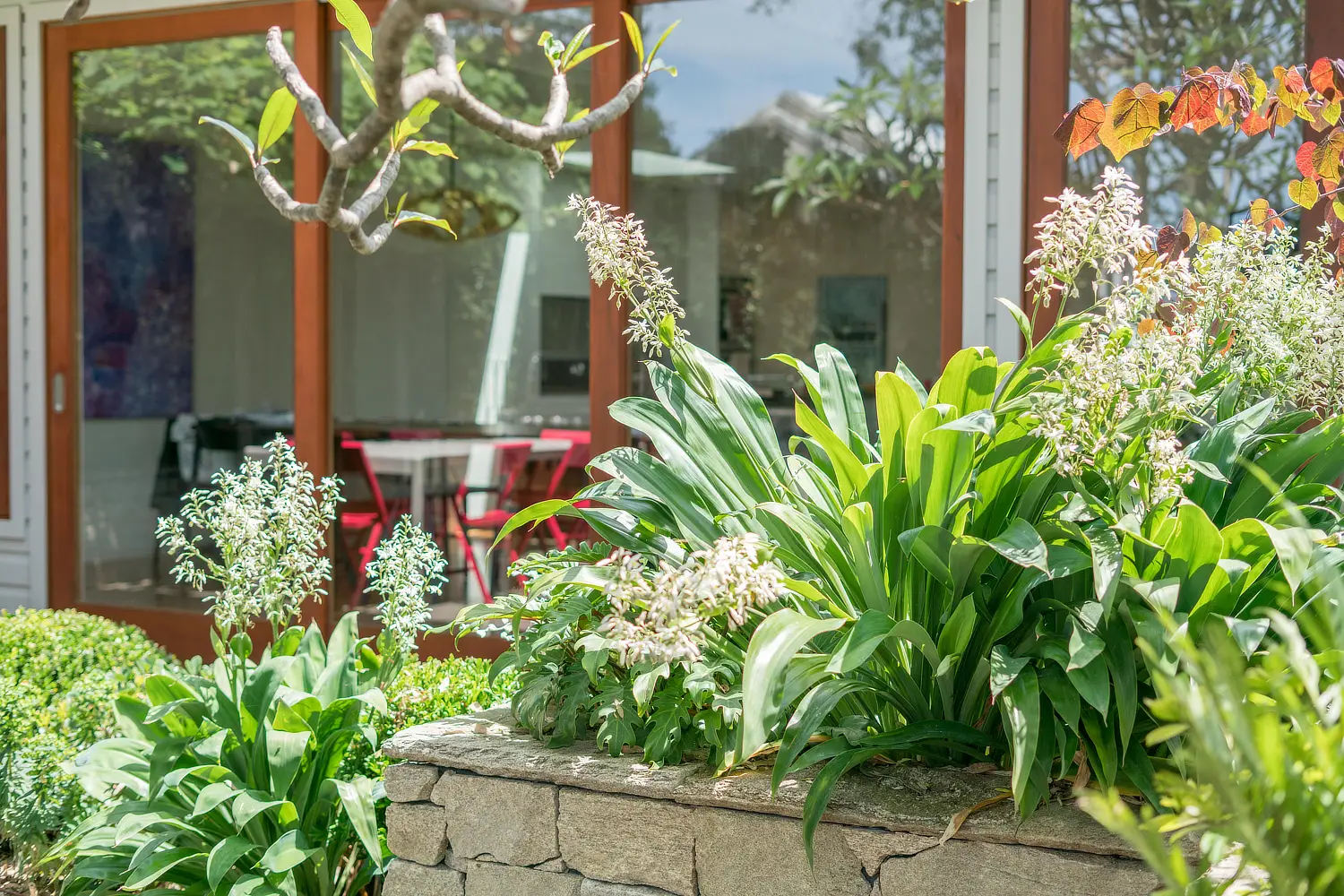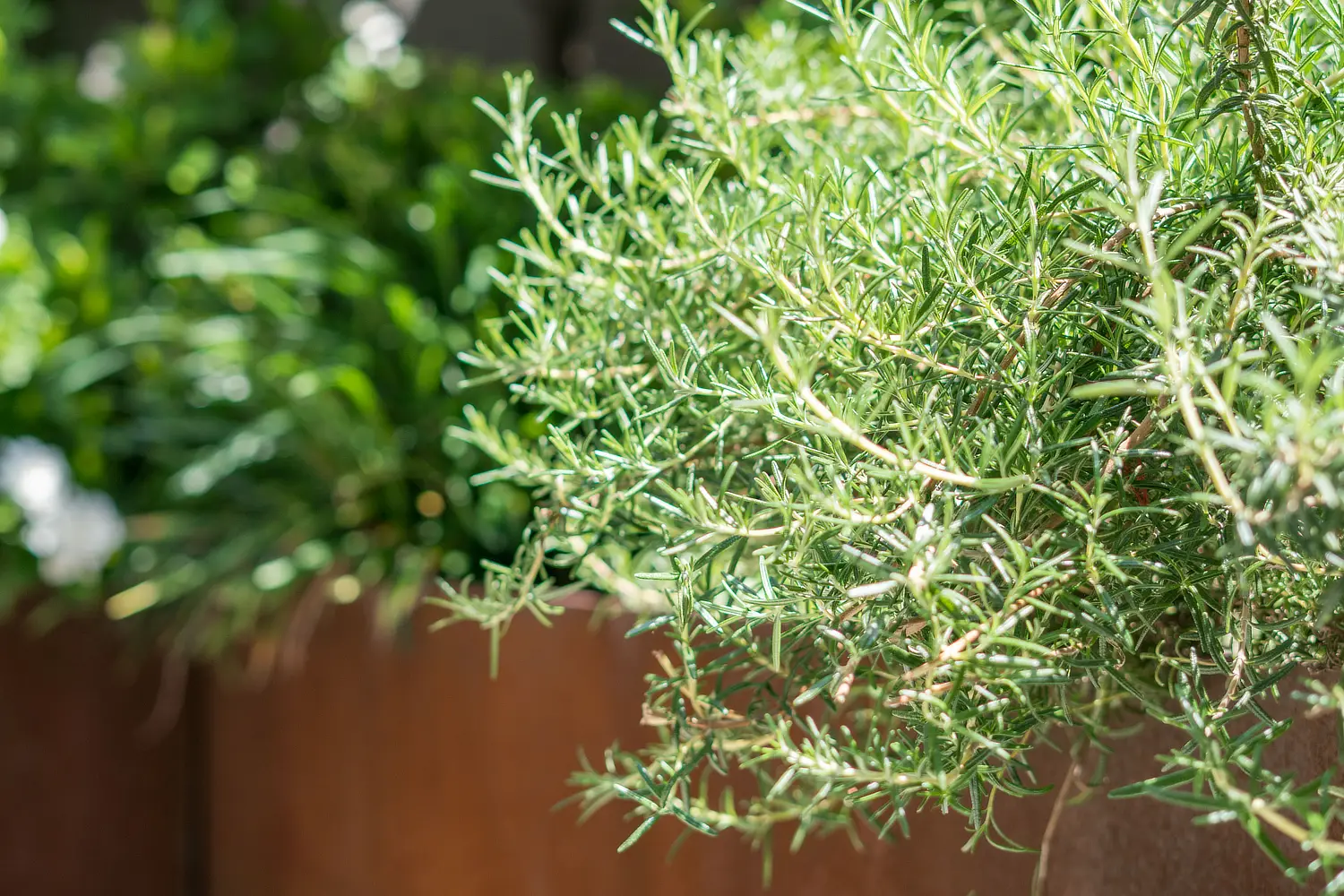Edging your garden beds may seem like a small and insignificant element of your garden, however it can have a big impact on the ongoing maintenance and overall appearance of the garden design.
Having a barrier of sorts is vital to your lawn areas and garden beds as it prevents grass from growing into your beds and taking much needed nutrients and moisture from your ornamental plants, keeping the grass out also looks much neater and tidier too. If you don’t have a lawn and just garden beds with gravel or even mulch as a surround, then an edge to your beds will define the area and stop the two from mixing.
The most basic of lawn edges is the spade edge, it costs nothing but sweat but it is high in maintenance. You want to dig a mini trench around the edge of your lawn exposing the roots around the edges to the air, it’s imperative no mulch or soil gets in this trench or its rendered useless. The exposed roots then dry out and prevents the grass from creeping into the beds. As well as hard work to put in it does require upkeep to trim the grass and remove any fallen soil or mulch from within the trench.
If budget is a factor for your garden but you don’t fancy looking after a spade edge, then a simple timber edge works wonders. You will need H4 treated timber as this can withstand contact with the soil without rotting and usually being 150mm high and 25mm thick it creates a solid barrier. Dig a trench and place your timber in the trench with approximately 25mm showing above soil level, then use pegs at intervals and screw the two together to secure them. Finish it off by trimming the grass to the new boundary line and allow soil and mulch to secure the garden bed side. Timber can be stained to give a more upmarket look and to bring the edge in line with the style of your garden. If left as is, it suits a rustic and or native scheme.
For a contemporary garden, corten steel edging works just the same as a timber edge but gives a sleek appearance with just a small, folded metal edge protruding from the ground. If you are handy with a welder, you can buy strips of steel and weld pegs to it to get your heights right, however there are many brands out there that provide metal edges with feet that have holes so you can easily peg the edge down for stability. Corten is a steel that rusts so the earthy tones work well in most styles of garden as well as modern ones. Steel edging is also great for creating curves in your garden beds as the lengths are flexible and easy to install.
If you want a more traditional look to your garden then having something more substantial is the way to go, brick or stone edging creates a sense of grandeur and can be installed flush with your lawns and gardens or left proud of the ground to show off the product you are using. You will need to put down a suitable footing to your edging, compacted crusher dust or road-base is fine for most applications, I like to wet mine and add some cement to really create a solid bonded base to work on. Laying your bricks, blocks or stone on this should be done with a mortar mix of sand and cement to ensure you maintain an even height throughout and for longer runs use a string line to create the perfect straight line.
With your new edging in place maintenance will be needed for all options but this should now be much easier as you have a line to follow. Trimming the edges of your grass can be done with a whipper snipper, hand shears or like my mum did for me on my 2016 Chelsea Flower show garden, on your hands and knees with a pair of scissors.
All the above options create a solid obstruction between garden beds and lawns, but you can use loose rocks or recycled sleepers but although these may stop mulch from getting on the lawn, they will have gaps that grass runners can get through, so your maintenance will be higher as you’ll have to pull them out by hand.


